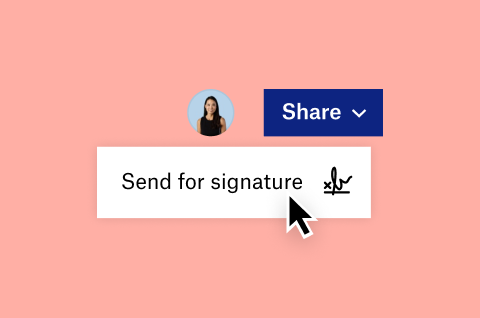Äntligen! Efter månader av kommunikation fram och tillbaka, förfrågningsunderlag, justeringar av förfrågningsunderlagen, justeringar av justeringarna, möten med marknadsföringsteamet, möten med det verkställande teamet, möten med, ja, alla möjliga, videosamtal, och en sista personlig genomgång för att få ordning på detaljerna och skaka hand, har din kreativa byrå vunnit en ny klient. Det är ett stort konto med massor av rörliga delar, och det känns fantastiskt att ha landat planet.
Nu börjar det verkliga arbetet.
Första steget: att onboarda klienten så att tillgångar och arbete kan flyta fram och tillbaka smidigt. En smidig och effektiv onboardingprocess ger en bra grund för framgångsrika projekt. En ny kund kommer att bli imponerad av enkelheten och omtänksamheten i en solid och smidig onboardingupplevelse. Ditt team vet att de har allt som behövs för att komma igång, och system på plats för att skicka och ta emot ytterligare filer och mappar. De vet också att de kan hitta och komma åt allt de behöver när de behöver det, samtidigt som de använder säkra metoder för att förhindra dataläckor.
Här är några strategier som kan göra klientens onboarding så smärtfri som möjligt.
Standardisera processen för att skapa och signera avtal
En av de mest spännande sakerna med att vinna nya kunder? Att signera avtalet som gör det officiellt. En av de värsta delarna? Att skapa avtalet. Med Dropbox Sign-mallar är det emellertid enkelt att skapa ett standardiserat avtal en gång och sedan använda det om och om igen. Det är också smart att utveckla mallar för olika typer av scheman som din organisation använder ofta. Det är ett beprövat plug and play-system för enkel klientonboarding. (Och medan vi pratar om det: varför inte också använda Dropbox Paper-mallar som kreativa underlag, videoproduktionsprojekt eller andra behov? Den typen av slitsamt arbete ska inte behöva inte vara så, ja, slitsamt.)
Bygg en välkomstguide och skapa rätt förväntningar
En ny klient är som en ny relation: båda parter är spända inför framtiden men är också försiktiga och avvaktande. Med detta i åtanke är det viktigt att få igång upplevelsen på rätt sätt genom att skapa en välkomstguide så att klienten vet vad de kan förvänta sig. Den kan inkludera information om hur din organisation fungerar, lite om grunderna och kanske en isbrytare eller två. Skicka den på ett säkert sätt och gå sedan igenom den med klienten. Glöm inte att inkludera checklistor så att klienten förstår vägen framåt.
Begär och ta emot filer (och se till att de hamnar på rätt plats)
När du introducerar en klient är det troligt att du kommer att behöva ta emot filer av dem. Kanske är det några av deras befintliga tillgångar eller kanske bara en massa generell information som ditt team ska gå igenom. Med filinlämningar kan teamet begära in specifika filer och klienten kan ladda upp dem till ditt konto även om de inte själva har Dropbox. Skapa bara en ny inlämning, ange några få detaljer, välj vilken mapp filerna ska hamna i, ange en deadline och skicka iväg din begäran. Inlämningar kan redigeras i efterhand om du behöver ändra informationen. Allt du behöver göra är att vänta på att filerna ska komma fram och sedan stänga inlämningen när de gjort det.
Glöm inte bort datasäkerheten
Onboarding av en ny klient kommer helt naturligt att innehålla en viss mängd hemligstämplad information som delas mellan parterna och sedan lagras på några få platser. Ingen vill att dessa data ska läcka ut i världen, så det är viktigt att upprätthålla säkerheten. Dropbox håller informationen säker på ett antal olika sätt. Lösningen krypterar filer med 256-bitars Advanced Encryption Standard för att skydda data som överförs mellan Dropbox-appar och dess servrar samtidigt som säkerhetsproblem ständigt utvärderas och testas. Med Dropbox-lösenordsskydd kan endast personer med lösenordet komma åt filen eller mappen, och ett utgångsdatum för en länk gör att länken bara kan användas under en viss tid.
Att introducera en ny klient kan – och ska – vara smidigt. Med lite tankeverksamhet och förberedelser kan processen nästan sköta sig själv. Genom att följa stegen ovan kan en byrå snabbt gå igenom ombordstigningsprocessen och komma igång med det faktiska kreativa arbetet. Det är trots allt detta som är det roliga.




